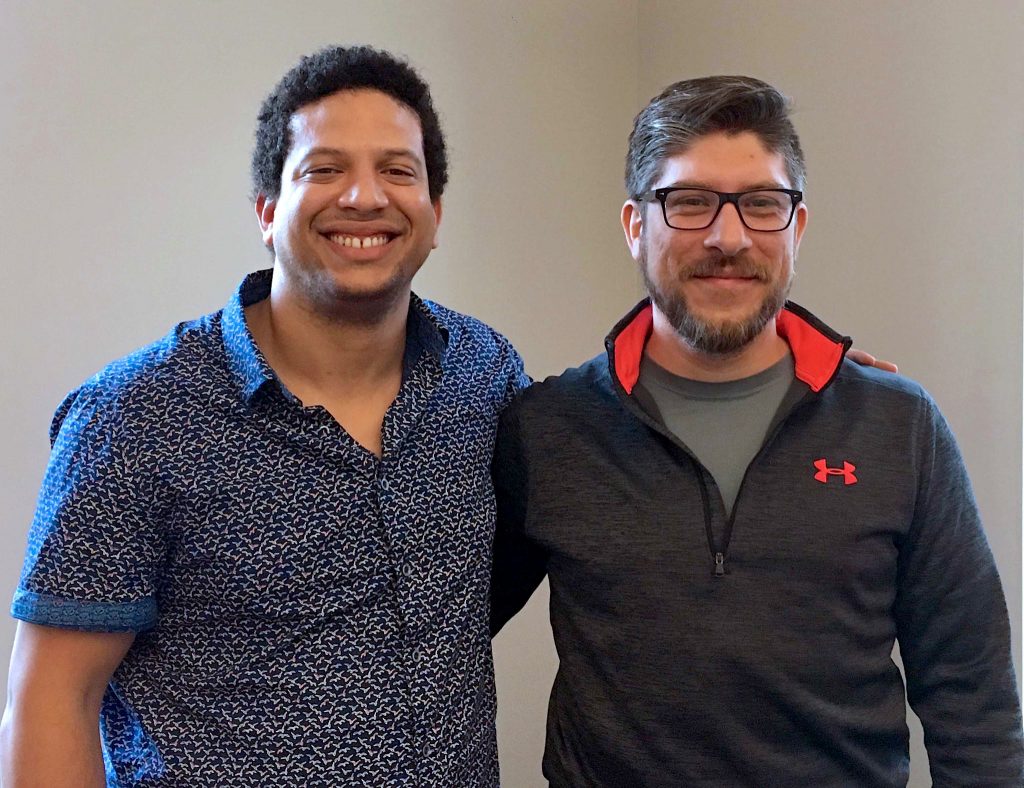Customer Case Study
Juan Carlos Caro is a UNC-Chapel Hill doctoral candidate through the Health Policy Management Department of the Gillings School of Public Health. Caro became a client of ITS Research Computing while working on his doctoral dissertation.
The Client

While conducting his dissertation research, Caro collaborated with the Chilean Ministry of Education to process large routine administrative data sets with assessment information about the entire population of students enrolled in public schools across the country. However, this data had not yet been thoroughly analyzed or implemented for social benefit.
Seeing this as an opportunity to explore child development on a population level, he decided that he wanted to build a platform that could provide metrics and insights from the data. He wanted to focus on the effects of early determinants of health, such as parenting behavior, and hoped to target educational institutions and social programs that could benefit from this information.
Caro wanted to turn this idea into a tangible product by creating a web application. Through this platform, he hoped that he could translate his research and findings to communicate seamlessly with relevant communities, including parents, children, schools and other researchers.
The Challenge
With over one million observations recorded per year for every student at Chilean schools, Caro quickly found that standard statistical software would not be able to process and model the data in the way he wanted. Since research is often self-confined, he recognized that there would be difficulties in presenting the live data in real-time, requiring superior technological tools.
Caro needed help with translating data sources to create a web application dashboard that could display a map and comparative school metrics. Since this project would utilize two different time-series data sets, it would be difficult to adjust for any inconsistencies and overcome coding differences to create an interactive visualization for application users. Caro also wanted to present this project as an open repository to allow for future additions and research contributions from anyone who had something relevant to share.
The Solution
Caro contacted Alberto Vargas of ITS Research Computing in the winter of 2019 for assistance with this project to help make the technology user-friendly and appealing for a potential user, such as a school principal or social service team member. Vargas helped Caro with process steps on Git, Python and Longleaf, and together, they designed the website.

Caro was also able to utilize Research Computing’s supercomputer to process the large data sets, “since obviously, my computer was not cutting it,” he said. He found Vargas’ help and knowledge of web development particularly helpful in reaching his goals of providing live, interactive tools.
“To me, it was a learning experience of how data management and visualization works in real time, because unfortunately, research happens in any way but real time,” said Caro.
The Results
Between Caro’s expertise in research and Vargas’ skills in web development, the pair was able to develop a seamless, fully automated web product with a GitHub open repository that could visually display their data aggregations on a population level. Caro and Vargas hope the metrics displayed on their site can be used by parents, social services workers and school leaders to understand their role in childhood development and take steps to adjust for improvement, eventually even inputting their own data for analysis.
Now, Caro hopes to be able to adjust the web application to provide parents with access to individualized information about their children, and to emphasize the insights in a way that positions the metrics to encourage beneficial behavior shifts, functioning like a Fitbit for responsive care.
The Future
Because of its design, Caro and Vargas’ project can also be used as an iterative, continuous tool for researchers and policymakers on a global scale.
Leveraging the publicly available GitHub open repository with data sourced from different places, “Research Computing can use this project as a teaching position for either faculty or students who want to learn how to extract data from Python, or make web applications that highlight the data,” said Vargas, showing the benefits of this walk-through for data visualization. “So long as it remains open to the public, I think Research Computing can always be involved in it, and other departments as well from other universities.”
